The UN’s Global Education First Initiative states, ‘It is not enough for education to produce individuals who can read, write and count. Education must fully assume its central role in helping people to forge more just, peaceful, tolerant and inclusive societies.’ Today’s world is facing major global challenges and to address these challenges, we need to prepare citizens who know the ABCs of being an active global citizen – citizens who are ready to think globally and act locally! The increased intolerance, rise in nationalism and dearth of humanity demands citizens who understand the true value of education, and the need of creating a just and peaceful world.
With the upsurge in the population, we need many more institutions and change makers who are ready to dive in the process of advancing quality education across national and cultural divides. We need to have collaboration between NGOs, community leaders, government officials, leaders from diverse backgrounds and policy-makers to come together and push the agenda and priorities of global citizenship education.
1. Which of the following is the most desirable outcome from the UN’s Global Education First Initiative’s perspective?
(a) The number of applicants for global citizenship increases.
(b) Discipline, patience and sanctity are taught through the system of education.
(c) The spirit of learning is fostered among students.
(d) The focus shifts from quantity to quality of education.
2. Which of the following can be inferred from the author’s description of the UN’s Global Education First Initiative?
(a) Education must strive to prepare students to take on 21st-century challenges and thrive on them.
(b) The education system needs a radical transformation to tackle the rising illiteracy and inhumanity.
(c) The barriers between nations need to be broken, giving way to informed sets of students.
(d) The uncouth and hooligan approach to education should take a back seat and give way to literacy.
3. Which of the following instances does not describe a true global citizen (here Mr. X)?
(a) Mr. X is outraged at the atrocities that Tia has to go through for belonging to the lower strata of the society.
(b) Mr. X is a true patriot at heart: he obeys all laws and pays taxes religiously.
(c) Mr. X works with street kids from all corners of the world and paints murals to brighten some of the world’s most destitute places.
(d) Mr. X is striving hard to make the world a more equitable and sustainable place.
4. Which of the following if true, contradicts the basic aim of a global citizen?
(a) Love and respect for diversity
(b) Empathy for other people
(c) Dogmatic and prejudiced attitude in thinking
(d) Participation in the social and political life of one’s community
5. Which of the following can be inferred to be an area a global citizen’s help is least likely to be needed?
(a) A zone where a flood has wreaked havoc
(b) A country trampled under communal disharmony
(c) Hunger stricken areas
(d) A technologically inferior country

1. Ans. (d) The desirable outcome would be for the focus to shift from quantity to quality of education. The UN’s Global Education First Initiative states that it favours change makers who are ready to dive in the process of advancing quality education across national and cultural divides. Option (a) is not related, option (b) is incorrect because the UN’s Global Education First Initiative does not mention discipline (tolerance and patience are needed to be inculcated), option (c) is vague and out of scope. Hence (d).
2. Ans. (a) According to The UN’s Global Education First Initiative, just educating students does not count; the recent upsurge of challenges mandates the new generation to address these challenges, and thus the need arises to prepare citizens who know the ABCs of being an active global citizen in the 21st century. Options (b) and (d) are incorrect because literacy is not the sole aim of the initiative. In option (c), the first part is correct, but ‘informed students’ is vague. Hence (a).
3. Ans. (b) A global citizen takes head on the problems ailing the society as a whole, like social injustice (option (a)), working together for the neglected (option (c)) or thinking globally (option (d)). Option (b) describes a good citizen on a national level, but not a global one. Hence (b).
4. Ans. (c) A global citizen needs to be open towards inclusive thinking, so a dogmatic and narrow-minded approach is contrary to what he stands for. Options (a), (b) and (d) reflect the true essence of a global citizen. Hence (c).
5. Ans. (d) Global citizens unite for peace and stability where there is shortage of food (options (a) and (c)), or where a nation is fighting communal conflicts (option (b)). A technologically backward country is not struggling with any of these issues. Hence (d).

